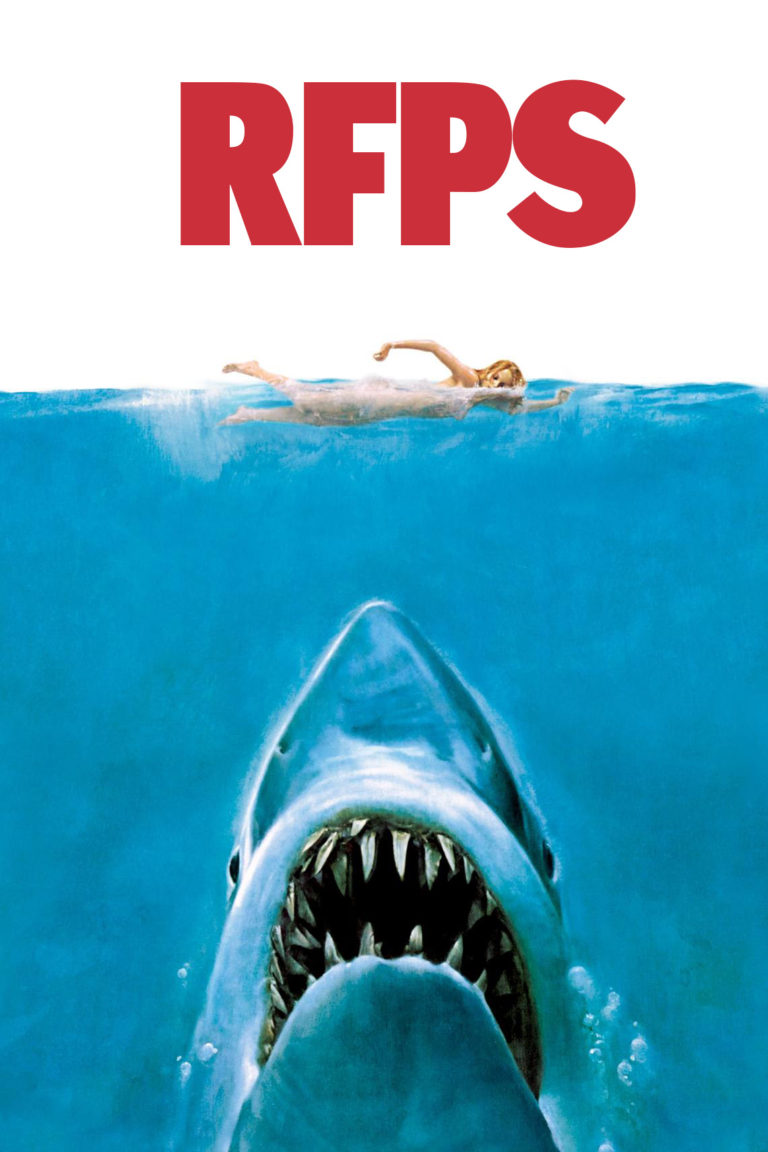Okay put your hand in the air if you’ve participated in an RFP with a nightmarish pricing template. Now put your other hand in the air if your organization has administered an RFP only to realize too late that the pricing template wasn’t quite ready. (And wave ‘em like you just don’t care.)
I saw it time and again from some of the biggest, most well-run companies in the world. It really doesn’t have to be so complicated. After years on the receiving end of bad RFPs and now helping businesses build better ones, I want to share the five guiding principles we use. Let’s build a rockstar sourcing template that makes everyone’s lives a little easier.
1. Keep It Simple
Whenever building any kind of pricing template, take a step back and think through the most efficient, natural format to both (1) communicate the necessary information and (2) field the quote. Don’t just leverage the structure of your current data or duplicate an old format. Think through what will be easily digestible for your vendors, your team, and someone who joins your organization two years from now.
You shouldn’t need a manual or a demo to figure out how to read/complete a pricing template. Some industries are more complex than others, but some degree of simplicity is within reach for everyone. And when you do achieve simplicity, you can more effortlessly scale your sourcing function and more intelligently leverage historical data. That’s when things start to get fun.
2. Don’t Bloat
Get rid of all the extra fields. Nearly every pricing template has unnecessary or redundant fields. Get rid of them. Maybe even consolidate where appropriate. They create more work for you and for your suppliers.
What’s great about this approach is you can dictate the format of the bids you receive. If you give bidders 12 fields to input pricing when 7 will do, you leave a lot more room for creativity. But, like our education system, we want to stomp out all creativity. Standardized bids will lead to better and faster analysis, which should be a driving force behind building any RFP.
Side note: This applies to the RFI portion too. You’ll get much more thoughtful, valuable responses if you reduce the infinite laundry list of questions to only those that drive your decision-making.
3. Lock It Down
Continuing on our eternal journey to regulate… Limit the inputs from your vendors to only what is appropriate for each given field. For example, don’t let bidders input text into a pricing space. Instead, data validate the whole column with a range that prevents outliers.
Now you’ve systemically prevented vendors from inputting (1) anything other than a number (which would destroy your hopes of mathematical analysis) or (2) a number that doesn’t make any sense. No need for you to do any cleanup after receiving the bid or to follow up with a supplier to correct their fat-fingered entry.
Same deal goes for properly formatting the cells within each column so that your responses come back just the way you want them.
Lock it down also means actually lock it down. Protect that sheet with a password so that vendors aren’t changing data and typing outside of the template all willy-nilly.
4. Begin with the End in Mind
What’s your game plan once you receive all the bids from competing vendors?
If you plan to distribute the book of business among multiple suppliers, it’s best to build the template in a way that allows for easy consolidation and comparison.
Whether solving via simple copy & paste or Visual Basic, there should be no manual labor put toward consolidation upon receiving bids. All the analysis and calculation should be built into the template before it hits the bidders’ inboxes.
If you plan to award the entire book to a single supplier, make sure you have some auto-calculations built to summarize the proposal. No need to be doing it on the backend.
Major bonus: A Consistent, transferrable structure also fosters communication between your other systems.
5. Make It Pretty
No, but really. This may seem a little trivial, but it goes a long way. An aesthetic pricing template will improve both user experience and the quality of bids received.
Who knows… Maybe there’s a subconscious effect on the bidders too? A professional-looking template establishes a level of credibility that could come in handy when negotiating rates and contract terms.


